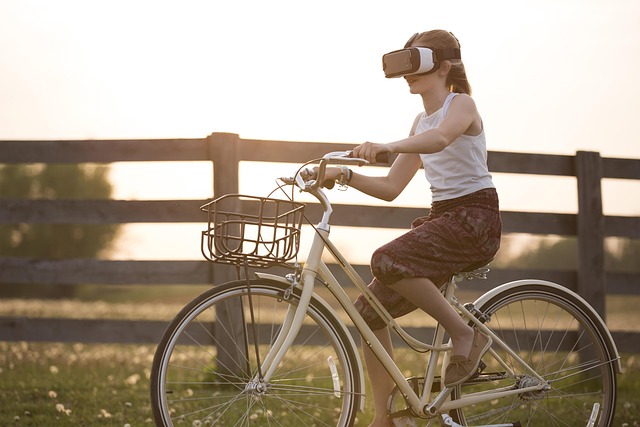Photography is more than just a hobby; it’s a powerful tool that allows us to capture reality in its most authentic form. When you look through the lens of a camera, you are not merely observing the world around you; you are immersing yourself in the myriad details that define our existence. Each click of the shutter is an attempt to hold onto a fleeting moment, a way to trace the deeper layers of our shared reality.
The optics of your camera play a crucial role in this process. Lenses can manipulate light in ways that alter the perception of what we see. A wide-angle lens can stretch vast landscapes, making them feel more expansive and overwhelming, while a macro lens brings the most minute details into sharp focus, revealing a universe often overlooked. This manipulation does not distort reality; instead, it provides a different lens through which to examine it, teasing out the subtleties that might otherwise go unnoticed.
In the world of photography, exposure is everything. It defines how much light reaches your camera’s sensor, shaping the mood and atmosphere of the image. A well-exposed photograph can evoke feelings ranging from warmth and comfort to starkness and melancholy. Imagine capturing a sun-drenched meadow at golden hour, the warmth of the colors appealing to the senses, or a dimly lit alleyway that leaves you feeling uneasy and contemplative. The exposure sets the stage for reality to unfurl, allowing the viewer to feel something deeper.
Understanding the intricacies of exposure is vital for any photographer seeking to convey their unique perspective on reality. Adjusting your ISO, shutter speed, and aperture allows you to interpret the scene in your own way, transforming an ordinary photo into an extraordinary narrative. With every adjustment, you are peeling back the layers of reality, creating a visual story that resonates on an emotional level.
The beauty of photography lies in its ability to bridge the gap between our inner world and external reality. Every photograph captures a moment that will never happen again, preserving a piece of our shared human experience. As photographers, we are tasked with translating our perceptions into images that tell a story, inviting viewers to engage with the world in a new light.
So, the next time you pick up your camera, consider what reality you wish to share. What emotions do you hope to evoke? How can your understanding of exposure enhance your storytelling? These choices are what make photography a profound exploration of reality, revealing not just what we see, but how we feel and connect with the world around us.



